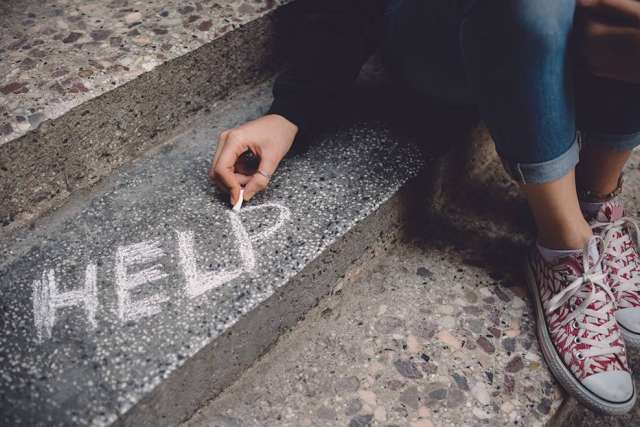A 2017 survey found that 13% of adolescents age 12 to 17 had at least one depressive episode in the past year. Depression among this age group is not new, but as youths return to a new normal after the COVID-19 pandemic, parents may want to be extra vigilant for signs of depression in their children.
“About 11-20% of kids will experience at least one episode of clinical depression by the time they are 18,” says Joan Asarnow, PhD, UCLA Health clinical pediatric psychologist. “But with the stresses of the pandemic, we’re seeing increased rates of depression, anxiety, suicidal ideation and suicidal behavior in this age group.”
The good news is that there is effective treatment available for adolescents experiencing depression. Once you understand the importance of addressing depression and how to spot the signs, you’ll be able to get the help your child needs. Here’s what you need to know:
The effects of depression on adolescents
When depression surfaces during the adolescent years, the effects can be both immediate and long-term. Roughly half of adolescents who suffer from depression experience new depressive episodes after recovery. also shows a strong link between adolescent depression and health risk behaviors such as smoking, substance abuse, unsafe sex and obesity.
“The most serious problem is the risk of premature death by suicide, which increases greatly if you’ve had an episode of depression,” Dr. Asarnow says. “Although it is important to note that most children and adolescents who suffer from depression will recover and live healthy lives.”
For adolescents with depression who successfully navigate the teenage years, the effects of their depression may be felt long into adulthood. A recent shows that depression in children and teens age 9 to 16 may lead to higher levels of adult anxiety and substance use disorders, along with worse health, behavioral problems, and social functioning problems.
What are the signs of adolescent depression?
It’s not always easy to spot your child’s depression, especially because youths often hide how they feel. “Parents shouldn’t beat themselves up about it,” Dr. Asarnow says. “But they should remain vigilant.”
She suggests that parents remember the acronym D.U.M.P.S. as they look for signs of depression in their children:
- D: Definite change in mood
- U: Unmotivated or losing interest in friends
- M: Morbid preoccupation, often talking about death, watching movies about death, giving things away
- P: Pessimistic or hopeless outlook, often down on themselves
- S: Somatic complaints, or physical symptoms such as stomachache, headache or poor sleep
How to talk to your child about mental health
Talking to your child about depression often involves a lot of listening. Ask questions regularly about school, their activities, their friendships and how they are feeling.
“Reassure them that you love them and that you are their safety net,” Dr. Asarnow says. “They need to know that there’s nothing they can do or that could happen to them that could change that.”
If your child isn’t opening up to you, enlist the help of other trusted adults, such as a primary care provider (PCP), coach or grandparent. Those connections can make your child feel less alone and offer another outlet for talking.
“Make sure there are other people in your child’s life they can talk to or go to for help,” Dr. Asarnow says. “Parents can’t do it all themselves.”
What to do if you see signs of depression in your child
If your child shows symptoms of depression or has discussed mental health with you, seek help. If you don’t have easy access to a mental health professional, pediatricians and primary care clinicians can help.
Adolescents often view their primary care clinicians as trusted professionals. Your child’s primary care provider can help your child see that feeling better and addressing these problems is possible. Children suffering from depression will learn that depression is a common, treatable medical issue.
Talking to a medical professional can also help you evaluate your child’s condition and situation.
“Watchful waiting can be really important with teenage depression,” Dr. Asarnow says. “Get your child to someone who can monitor the situation and make sure your child gets treatment they need, if and when they need it.”
Depression treatment in adolescents
Treatment for depression does work. According to Dr. Asarnow, some forms of therapy are shown to have a success rate of 60% in kids who suffer from depression. Treatment may include:
- Cognitive behavioral therapy, which helps patients focus on the link between emotions, thoughts and behaviors
- Interpersonal psychotherapy, which helps patients recognize their feelings, improve communication, improve social functioning and decrease symptoms of depression
- SSRIs (selective serotonin reuptake inhibitors), medications that help patients manage the symptoms of depression
Most treatments for depression in children and adolescents also include some support for families as well.
If you have concerns about your child’s mental health or see signs of depression, reach out to their primary care provider. The UCLA Youth Stress & Mood Program (YSAM) and the both offer evidence-based treatment that is likely to reduce suffering and enhance outcomes in children and teenagers suffering from depression.




